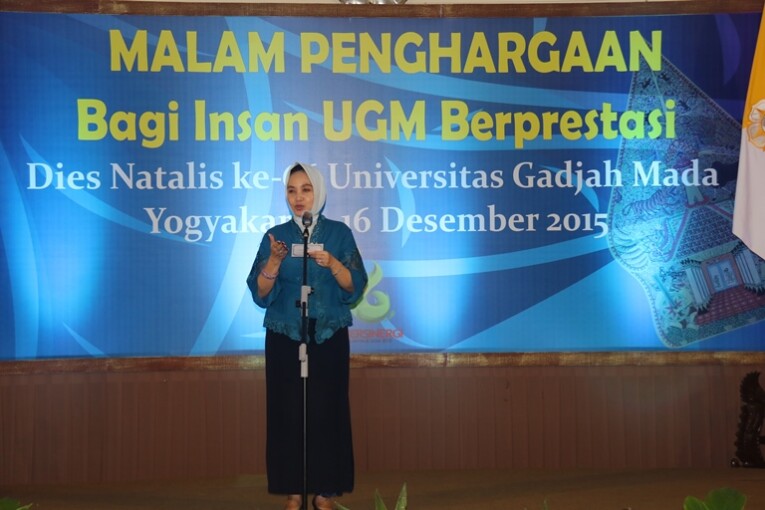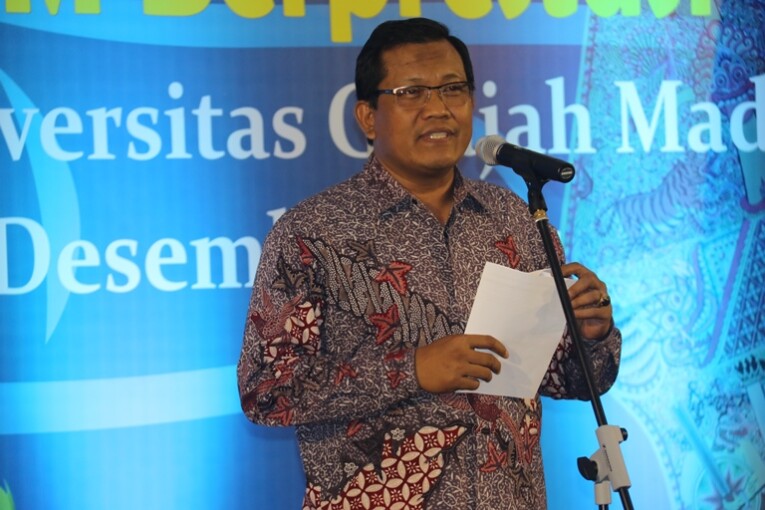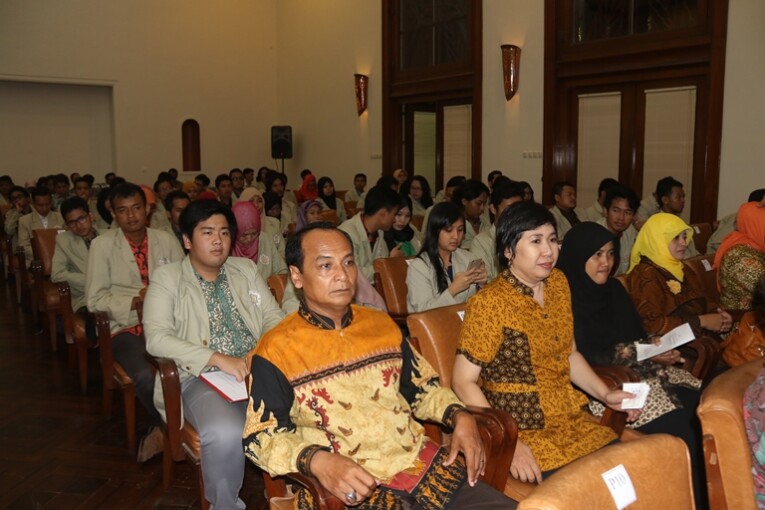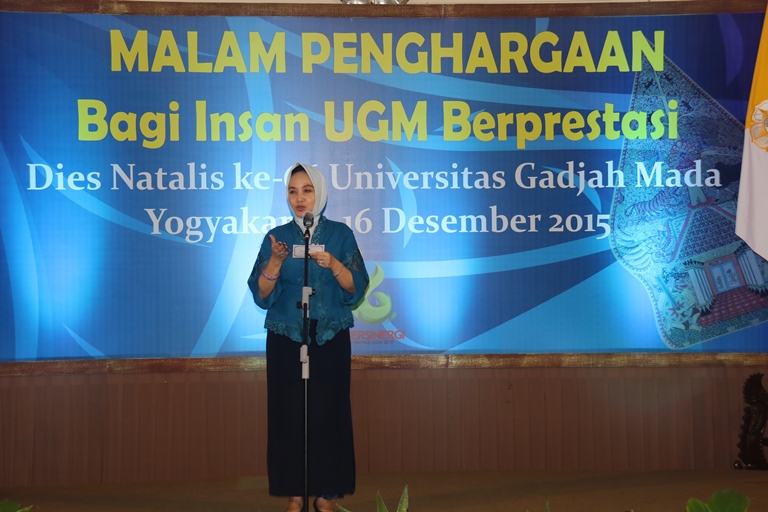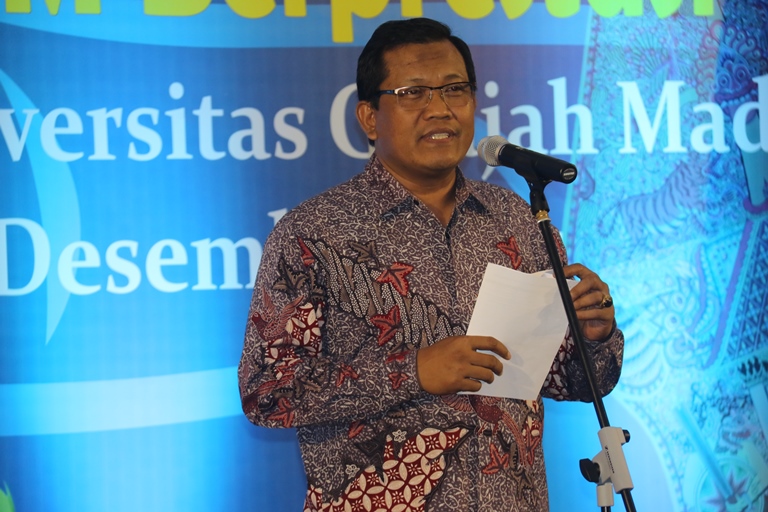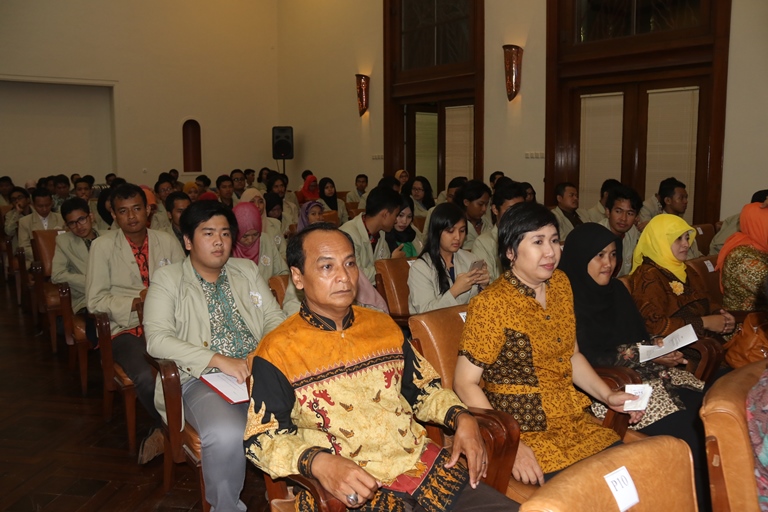The highlands of Malang and surrounding areas in East Java are the area of development of Hindu-Buddhist civilization such as Hindu-Buddhist kingdom Singhasari XII-XIII AD. One proof of this fact was the founding of many Hindu-Buddhist sites in the region.
“There are many distributions of sites such as ancient villages, the pilgrimage site dharma, the lpas dharma, patirthan, nagara castle, groups of holy sites, and capital of the kingdom,” said Blasius Suprapto, archaeologist from University of Malang, Thursday (17/12) in his open examination of doctoral program at the Faculty of Cultural Sciences UGM.
Defended his dissertation entitled “The Meaning of Composition Space of Hindu-Buddhist sites Sinhasadi period XII-XIII AD at Saujana Highlands Malang Area, Suprapto mentions in the distribution of Hindu-Buddhist sites structure XII-XIII AD, known that the structure of composition generally uses the concept of the structure of panatur-face space. The development of this concept is pechaka 4 and ketelakan site space structure on the natural landscape, which is at the meeting point of two rivers area.
“The various distribution of existing sites is the result of the transformation of the concept of the structure arrangement of panatur-face space top of sacred mountain of Sang Hyang Mahameru and natural landscape,” he concluded.



